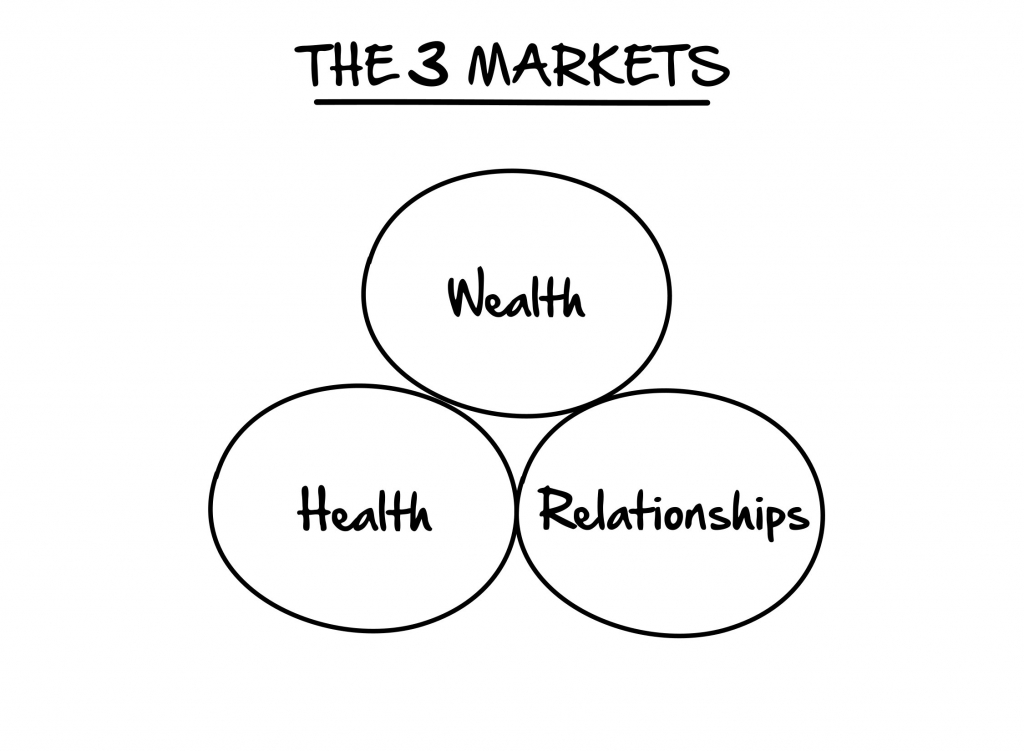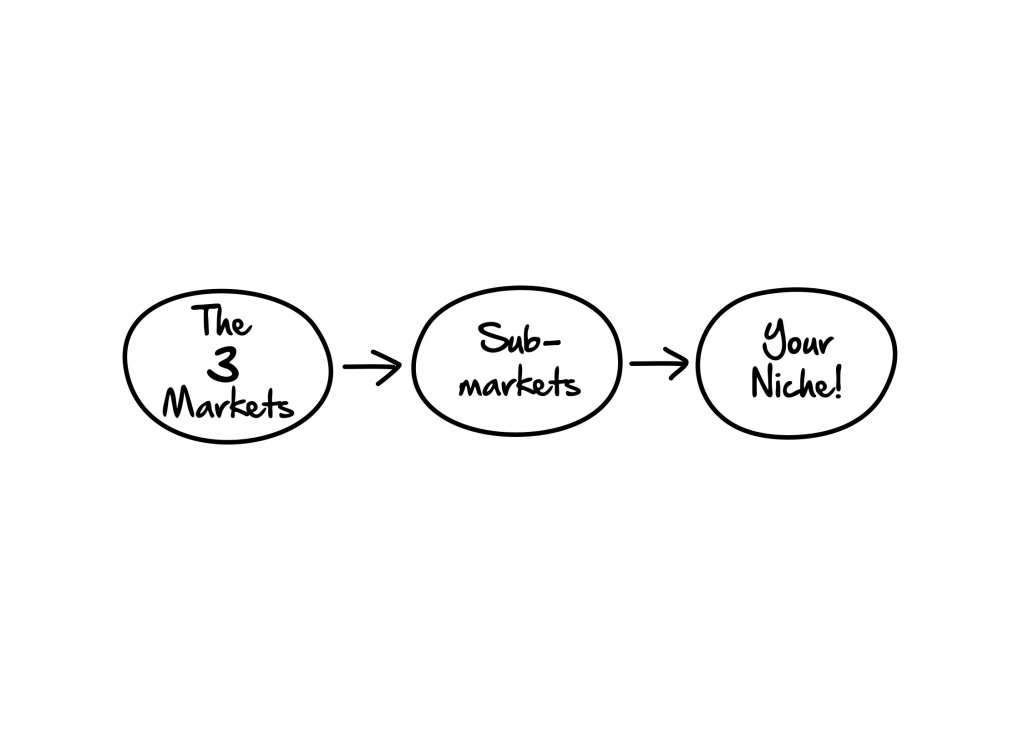
Buyer Psychology: How Consumers Decide to Buy

Great salespeople know that in order to persuade potential customers to buy, you must understand how buyers think.
It’s all about making people feel a certain emotion that will compel them to purchase.
How often do you want to get inside the heads of your customers?
All businesses want to know what makes their customers tick, and how they make their purchase decisions. Figuring that out, though, is a huge challenge.
This is especially true since every customer is different. Every person has their own likes, dislikes, values, motivations, dreams, and goals.
Nobody fits in a neat and tidy box.
Despite this challenge, companies go to great lengths to find out how their customers make the decision to purchase a product.
A whole branch of psychology is even dedicated to this subject: behavioral economics.
Although, some refer to it as buyer psychology.
It really is a fascinating subject once you start to dig into it.
While the psychology of buying may sound intimidating at first, you don’t have to go out and get a degree in psychology to learn about why people buy the products they do.
Let’s go over a few principles that psychologists have discovered about consumer behavior that may help you when you’re selling your own products.
You may find some of these facts to be quite intriguing.
Psychological Factors You Should Know About
Long term vs. short term
Your customers basically have two different ways of looking at purchase decisions.
One mindset looks at the long term benefits, while the other looks at the short term.
Essentially, the long term mindset is the planner. It focuses on longer lasting benefits.
The short term mindset, on the other hand, is the doer. It wants instant satisfaction.
Someone who is merely learning about a product is thinking long term. They’re not ready to buy yet — they’re just browsing.
An actual buyer (someone who wants to buy right now) is a doer. They want gratification as quickly as possible.
Consumers have to juggle with these two mindsets constantly.
Figuring out how to satisfy the planner mindset while transitioning them into the doer mindset should be your goal.
The Basic Needs
Psychologists have determined that every person is pursuing one of three basic needs: wealth, health, and relationships. And we’re all trying to find fulfillment and happiness in those three categories.
Businesses should base their products on one of those areas or core markets.
Once you know that customers are looking for those things, your ability to sell to them just became easier.
Think about what your product offers in one of those three core markets.
These areas may seem a bit broad to start off with, but you can narrow things down even further.
Within each category, you’ll find submarkets. In health, for example, there are submarkets like weight loss, nutrition, and strength training.
Now go one level further. Narrow down the submarket, and develop your niche.
Buyer Quirks
Using Psychology For Business Success
When looking at the psychology of buying, you can get a good sense of what drives your customers.
The factors discussed above are only the tip of the iceberg. There’s plenty more to uncover if you want to look for it.
Luckily, ClickFunnels helps to leverage buyer psychology when helping you create your sales funnel.
This ends up making more effective sales funnels, meaning you get more sales.
What kind of things have you noticed about buyer behavior? How have you used these insights in selling your products? Let us know in the comments below.
Andrew Bobchenok
Andrew Bobchenok helps people start and grow successful coaching businesses. He is an expert at helping people get clients using online methods and making things super simple to understand.
If you're interested in starting your own coaching business, online course or scaling up and getting clients then definitely reach out and request a free strategy session today.

FB Comments Will Be Here (placeholder)

FOR SUPPORT ISSUES OR QUESTIONS, PLEASE EMAIL ME AT andrew@funnelinaday.com
Copyright © 2019 • Funnel In A Day • All Rights Reserved • 140 Broadway, 46th Floor, New York, NY, 10005 | +1 (646) 867-3104


